This map shows the world's 20 most populous urban agglomerations in 2004. With 21,503,000 inhabitants, Mexico City ranks third.
Click on image for full size
Data courtesy of the World Gazetteer; illustration courtesy of Mike Shibao, UCAR.
Megacities
Mexico City, where the field campaign MILAGRO takes place, is a "megacity." Demographers (scientists who study the growth, density, and characteristics of populations) define megacities as having 10 million or more inhabitants.
The 21st century is shaping up to be the Urban Century. Fifty years ago, 30% of the world's population lived in urban settings. Now, for the first time in human history, more people live in cities than do not. In 10 years, this number will reach about 60%. At the recent millennium, the world supported 411 cities that each contained more than one million inhabitants. While the majority of the world's urban population used to live in Europe and North America, today the most explosive growth is occurring in developing nations, particularly in Asia.
Migration within countries is the primary force remaking settlement patterns around the world. In the developing world especially, urban economic opportunities are drawing workers in large numbers from the countryside. During the last decade, for example, an estimated 150 million rural Chinese migrated to the nation's urban areas, filling megacities like Shanghai, Beijing, and Ghangzhou.
As globalization continues to impact economies around the world, these patterns of urbanization will continue. Demographers project that the number of megacities will reach 26 by 2015. Cities that lack the infrastructure and services to support the influx of migrants will be strained to the breaking point, resulting in unsustainable growth and the pollution that so often accompanies it.
Last modified February 14, 2006 by Nicole Gordon.
You might also be interested in:
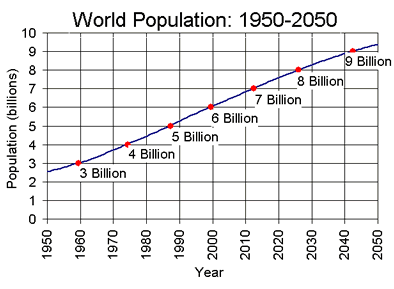
As of March 2008, the total number of human beings on the Earth is estimated to be more than 6.6 billion. The actual population is never known for certain, since these numbers rely on national censuses,
...more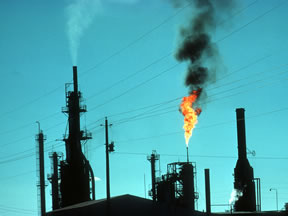
Air pollution comes from many different sources. Natural processes that affect air quality include volcanic activity, which produce sulfur, chlorine, and ash particulates, and wildfires, which produce
...more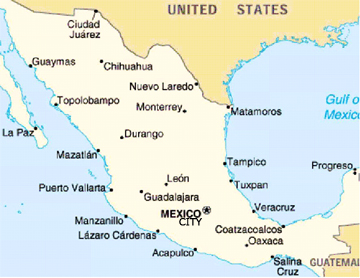
One of the most complex field campaigns ever undertaken in the field of atmospheric chemistry began in March 2006. A team of researchers from around the world is in Mexico City for a series of projects
...more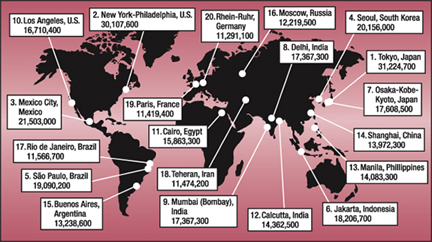
Mexico City, where the field campaign MILAGRO takes place, is a "megacity." Demographers (scientists who study the growth, density, and characteristics of populations) define megacities as having 10 million
...more
Atmosphere And Clouds Word Search Air Quality Word Search (Printable) -- And the Answer Key Air Quality Word Scramble Greener Machine – Cars: How You And Others Can Make A Difference! Interactive Game
...more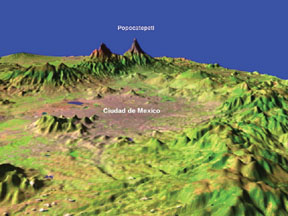
Age-Appropriate Windows to the Universe Activities on Climate, Atmosphere and Weather Educational Materials from the EPA Air Pollution - What's the Solution? A 6-12 Educational Project Outreach and Education
...more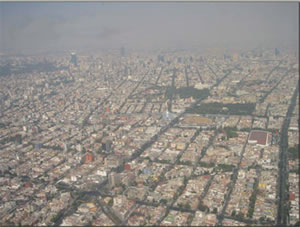
About the Campaign MILAGRO Official Homepage Mirage Homepage (Megacity Campaign) Department of Energy Atmospheric Science Program (ASP) MEGACITY Aerosol Experiment in Mexico City (MAX-Mex) NASA’s Intercontinental
...more














